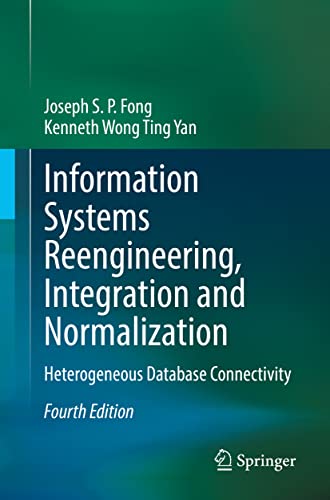

Most ebook files are in PDF format, so you can easily read them using various software such as Foxit Reader or directly on the Google Chrome browser.
Some ebook files are released by publishers in other formats such as .awz, .mobi, .epub, .fb2, etc. You may need to install specific software to read these formats on mobile/PC, such as Calibre.
Please read the tutorial at this link: https://ebookbell.com/faq
We offer FREE conversion to the popular formats you request; however, this may take some time. Therefore, right after payment, please email us, and we will try to provide the service as quickly as possible.
For some exceptional file formats or broken links (if any), please refrain from opening any disputes. Instead, email us first, and we will try to assist within a maximum of 6 hours.
EbookBell Team

4.4
12 reviewsDatabase technology is an important subject in Computer Science. Every large company and nation needs a database to store information. The technology has evolved from file systems in the 60’s, to Hierarchical and Network databases in the 70’s, to relational databases in the 80’s, object-oriented databases in the 90’s, and to XML documents and NoSQL today. As a result, there is a need to reengineer and update old databases into new databases. This book presents solutions for this task.
In this fourth edition, Chapter 9 - Heterogeneous Database Connectivity (HDBC) offers a database gateway platform for companies to communicate with each other not only with their data, but also via their database. The ability of sharing a database can contribute to the applications of Big Data and surveys for decision support systems. The HDBC gateway solution collects input from the database, transfers the data into its middleware storage, converts it into a common data format such as XML documents, and then distributes them to the users. HDBC transforms the common data into the target database to meet the user’s requirements, acting like a voltage transformer hub. The voltage transformer converts the voltage to a voltage required by the users. Similarly, HDBC transforms the database to the target database required by the users.This book covers reengineering for data conversion, integration for combining databases and merging databases and expert system rules, normalization for eliminating duplicate data from the database, and above all, HDBC connects all legacy databases to one target database for the users.
The authors provide a forum for readers to ask questions and the answers are given by the authors and the other readers on the Internet.